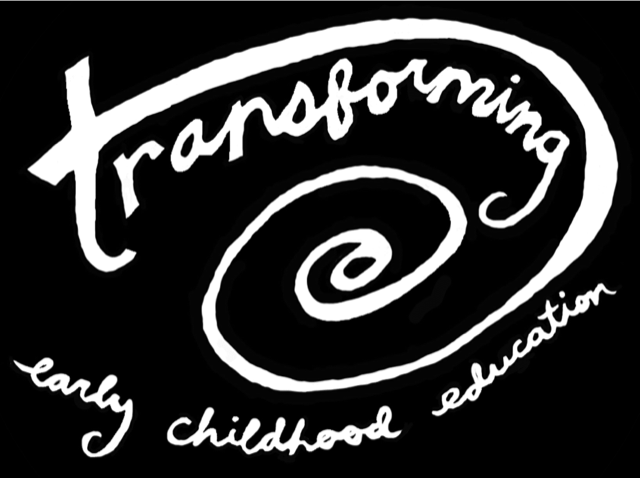The Best and the Worst
The Best and the Worst
The people we are closest to experience the best of our behavior. They also typically experience our worst behavior. We feel safe with our nearest and dearest, so we don’t hide the ups and downs in our emotional rollercoaster. Our chosen people are there for everything from ear-to-ear smiles and laughter to red-faced anger.
Did you know that when the children in our care form secure attachments, we also experience their behavioral ups and downs? When children feel safe, loved, and nurtured, they don’t hesitate to show all sides of their emotional range.
Sometimes the transition from the familiar, trusted adults at home to the trusted adults at school can send a child spiraling. Group care can be overwhelming for children (and adults). It can be challenging to manage the expectations at home and school consistently.
When their parent/guardian is in their safe space at school, the child may not understand how to react, which can lead to some very undesirable behaviors.
It is essential to understand that this is a normal reaction. The child is trying to figure out how to navigate the situation. Providing warm and nurturing guidance will help them manage their emotions during this stressful situation.
Reflection Tool:
Does the explanation above resonate with your experience?
What are some other reasons children may behave more positively in your program vs. at home?
Do you have alternate explanations for children’s behavior challenging you when their family arrives?
Would it be helpful to share this information and tools/strategies with the parent/guardian?


